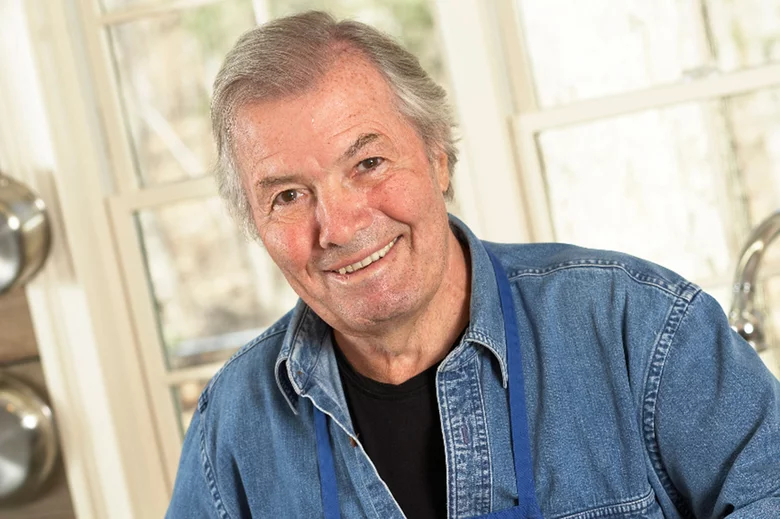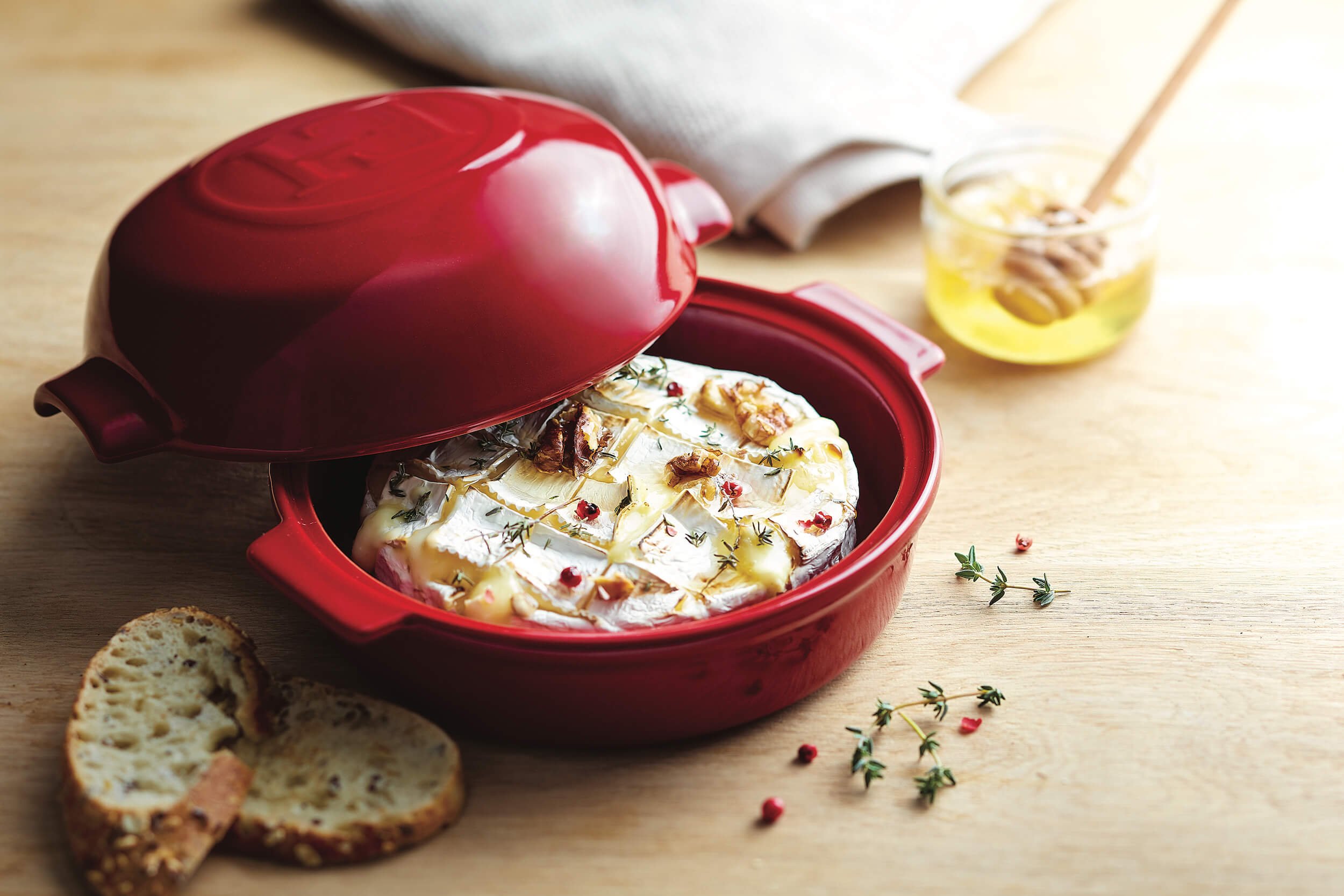At the Worlds of Flavor conference a few weeks ago I had the great pleasure of speaking with celebrated author Paula Wolfert about the subject of her latest book, Mediterranean Clay Pot Cooking. It's one of the books I was most excited about this year, and I've already bookmarked a number of recipes that I can't wait to try.
Why cook with clay?
This is the way people in the Mediterranean cook. All the pots used have meaning. The saute pan is great for fast cooking but most slow cooking is best done in a clay pot. Try cooking butternut squash or an eggplant without any water or salt with paper over it (meaning a round of parchment paper as a lid) very slowly. See what happens when food returns to the earth. A pot is made of earth.
What kinds of foods cook well in clay?
Mediterranean food; breads, beans, stew. Commit yourself to underutilized cuts of meat. Buy spareribs and lamb necks, because you can cook in clay in increments and you will see the difference, the meat is sweeter.
Any secret tips you can share?
In many of my recipes I say to put parchment paper on top of the food so the liquid recycles. Many of these dishes are best when reheated--think of chili or stew. But here's my tip, leave the paper on! Leave it in the refrigerator overnight and when you remove the paper all the fat can be easily skimmed off.
I have some Spanish cazuelas that are glazed inside. If I'm buying a cooking vessel made from clay does it matter if it's glazed or unglazed?
It depends on the soil. Black pots from Columbia are made from mica. If you have mica you don't put a glaze on your pot because it makes food sweet. In Turkey guvech are unglazed. But in some places the clay the isn't very strong, so they add pebbles to it. This gives a different taste so they put on a slip glaze. It's not lead, it has no color, it's just a protection against the dirt but you still get some porosity, you still get flavor enhancement. But you won't get the miracle sweetness.
If it has a slip glaze you will still get the earth tones to food and aromas are accentuated just like organic food versus hydroponically raised vegetables. When it's from the earth, it's better. Take my recipe for pumpkin soup. Cut the recipe in half, do one version in a conventional pot and another is an earthenware pot like a sand pot. You'll have to use water if you don't cook it in a sand pot. It's more voluptuous when it's cooked in clay.
Are germs a problem with unglazed pots?
I talked to Robert Wolke professor emeritus of chemistry and author of What Einstein Told His Cook, to ask about the possibility of dirt in the pores of the pot. What he told me was this, when the pot gets hot, the germs are dead.
What about tagines? I have a Le Creuset tagine, is a clay tagine better?
There really is a difference when you can maintain a certain low temperature, if you can get to the two hour mark, it's better. All the food holds it's integrity but when you break into it, the food is like butter. Plus not using a clay tagine kills the romance. You wouldn't do Chinese food without a wok!
What are the first clay pots to consider buying?
You can start by going to Chinatown and buying a $9 sand pot, or the Ourika a clay tagine that is $23 from Tagines.com. Locally Bram in Sonoma has a good selection of clay pots.
My thanks to Paula Wolfert for chatting with me. On her advice, I have already ordered my first clay tagine and hope you will too.





